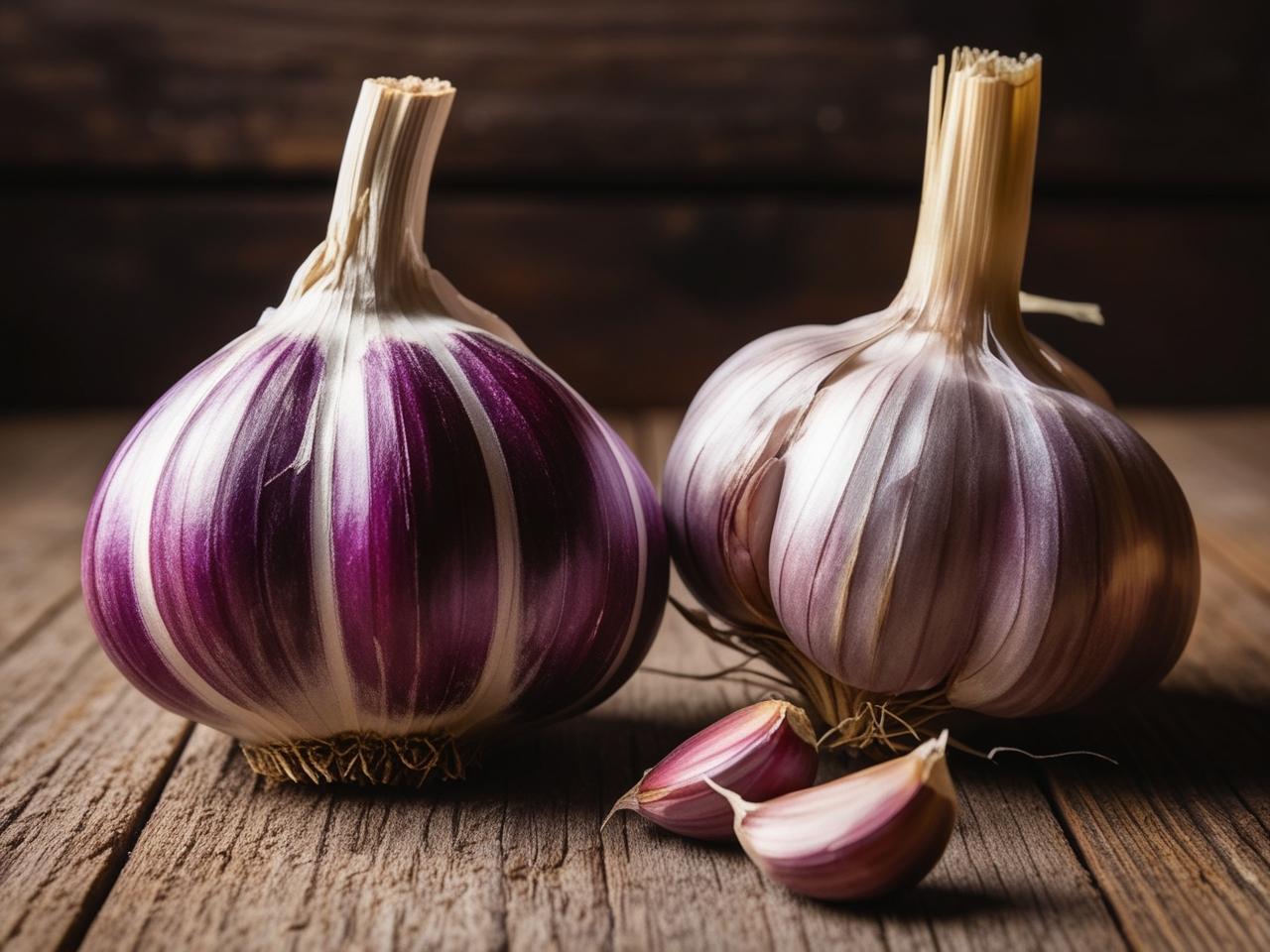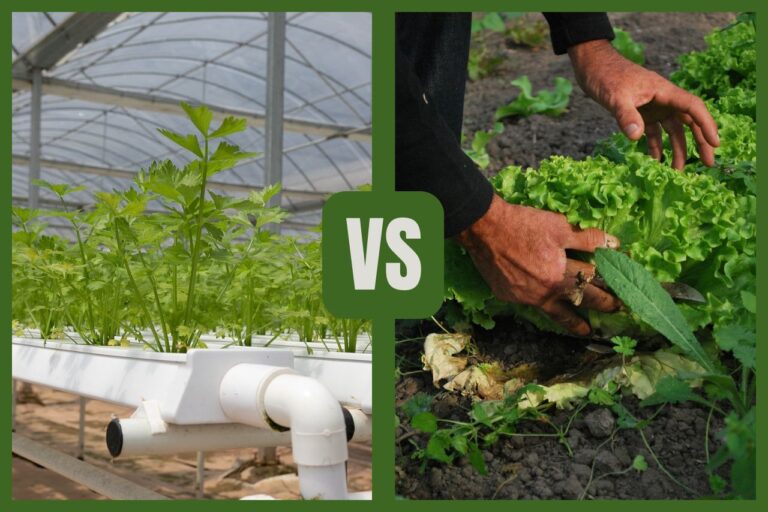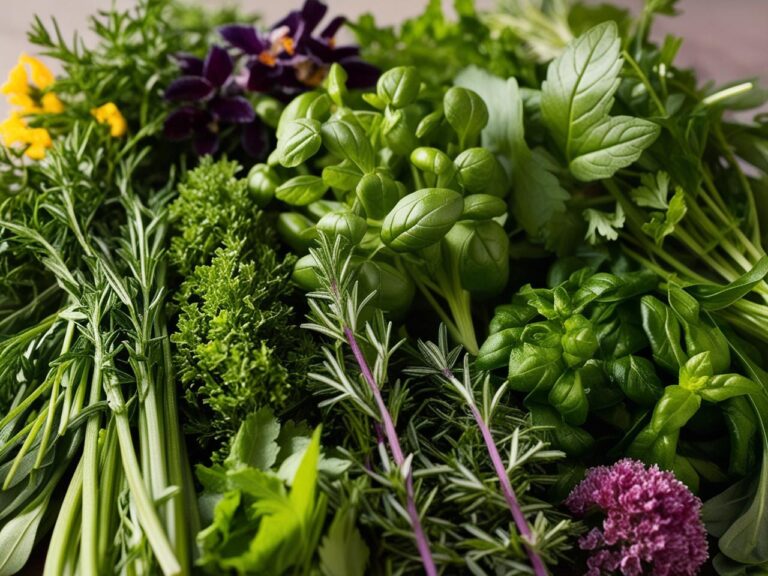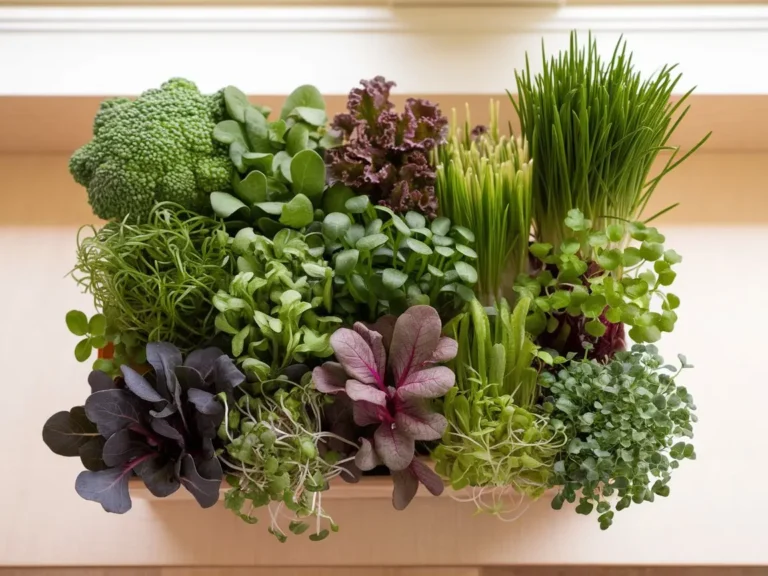How to Plant Garlic in the Fall for a Spring Harvest
Garlic isn’t just a kitchen staple, it’s a gardener’s secret weapon for an easy and rewarding crop. Fall planting is the key to a thriving garlic harvest come spring. Not only does garlic planted in the fall develop larger bulbs, but it also requires less maintenance. Ready to grow your own? Let’s dive in!
Why Plant Garlic in the Fall?
Planting garlic in the fall gives the cloves time to establish roots before winter, setting them up for robust growth in the spring. The cold temperatures trigger bulb formation, leading to larger and more flavorful garlic heads. Plus, garlic planted in the fall tends to fend off pests better, making it a low-maintenance crop through the chilly months.
Choosing the Right Garlic for Your Climate
Before you start digging, pick the right type of garlic for your region:
- Hardneck Garlic:
- Ideal for colder climates.
- Produces garlic scapes (edible flower stalks).
- Offers bold, complex flavors.
- Softneck Garlic:
- Best for mild climates.
- Stores longer than hardneck varieties.
- Has a milder taste and can be braided for storage.
Recommended varieties for fall planting include German White (hardneck) for cold zones and California Early (softneck) for warmer areas.
Preparing the Soil for Garlic Planting
Garlic thrives in loose, well-draining soil rich in organic matter. Here’s how to prepare the perfect bed:
- Test Soil pH: Garlic prefers a pH of 6.0–7.0. Amend soil with lime if too acidic or sulfur if too alkaline.
- Enrich the Soil: Add compost or aged manure to boost nutrients.
- Remove Obstacles: Clear weeds, rocks, and debris that might impede root growth.
- Loosen the Bed: Till or turn the soil to at least 8 inches deep for optimal root development.
Step-by-Step Guide to Planting Garlic in the Fall
Planting garlic is a straightforward process, but the timing and technique are crucial.
- Timing: Aim to plant garlic 4–6 weeks before your area’s first frost date.
- Break the Bulbs: Gently separate the cloves from the bulb. Keep the papery skin intact for protection.
- Dig Holes: Create holes 2–3 inches deep and space them 6 inches apart in rows 12 inches apart.
- Plant Orientation: Place cloves with the pointed end up and the root side down.
- Cover and Water: Cover with soil, firm it down gently, and water lightly to settle the cloves.
Mulching and Winter Care
Mulch is your garlic’s best friend during winter. Add a 4–6 inch layer of straw, shredded leaves, or grass clippings over the bed. This protects the cloves from temperature fluctuations, retains soil moisture, and keeps weeds at bay.
Winter care is minimal—just ensure the bed remains covered and inspect for signs of pests or mold occasionally.
Spring Care for Garlic Plants
As the temperatures warm, your garlic will start to sprout. Here’s how to care for it:
- Remove Excess Mulch: Pull back the mulch to allow sunlight and warmth to reach the soil.
- Water Consistently: Garlic prefers moist soil but dislikes soggy conditions. Water regularly but avoid overwatering.
- Fertilize: Use a nitrogen-rich fertilizer in early spring to encourage strong growth.
Common Mistakes to Avoid
Even with its simplicity, garlic planting can go wrong. Steer clear of these pitfalls:
- Planting Too Late or Early: Timing is critical for root establishment.
- Using Store-Bought Garlic: These cloves are often treated to prevent sprouting. Purchase seed garlic for better results.
- Crowding Cloves: Overcrowding leads to smaller bulbs and poor air circulation.
F.A.Q
- How to prepare garlic bulbs for planting?
Separate the cloves from the bulb, keeping their papery skins intact, and choose the largest, healthiest cloves for planting. - How can I grow garlic fast at home?
Plant garlic in loose, nutrient-rich soil, water consistently, and provide plenty of sunlight to encourage quick growth. - Should garlic cloves be soaked before planting?
Soaking garlic cloves in a mixture of water and baking soda for a few hours can help prevent diseases, though it’s optional. - What is the best fertilizer for garlic and onions?
A nitrogen-rich fertilizer like blood meal or fish emulsion is best for garlic and onions during their early growth stages. - How to plant a lot of garlic?
Prepare a large, well-draining garden bed, plant cloves 6 inches apart in rows 12 inches apart, and mulch generously. - How long does it take to grow a full bulb of garlic?
Garlic takes about 7–9 months to mature from planting to harvest. - How deep do you put garlic bulbs?
Plant garlic bulbs 2–3 inches deep with the pointed end facing up. - How do you break up garlic bulbs for planting?
Gently twist and separate the cloves from the bulb without damaging the papery skins. - How do you root garlic bulbs?
Plant garlic cloves in moist, well-draining soil and ensure they’re watered lightly to promote root growth.
Planting garlic in the fall is a simple and rewarding way to ensure a fresh and flavorful harvest in the spring. By choosing the right variety, preparing your soil, and following these easy steps, you’ll have a thriving garlic crop before you know it. Happy Gardening!







